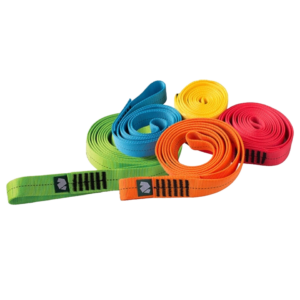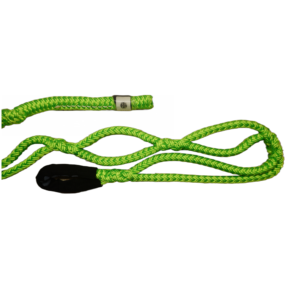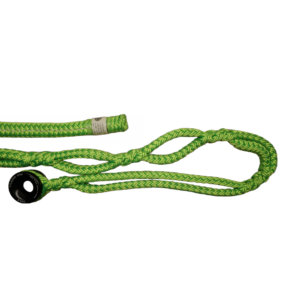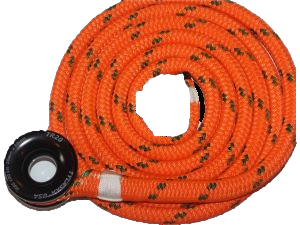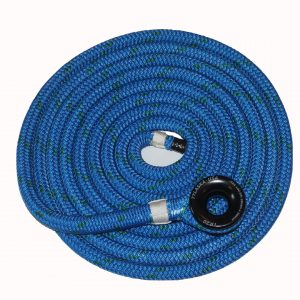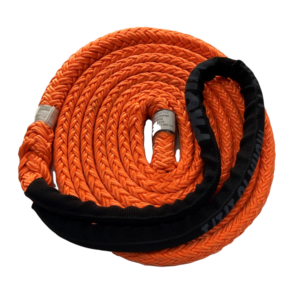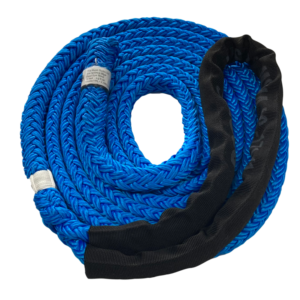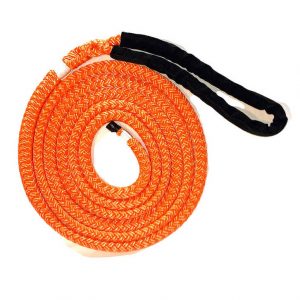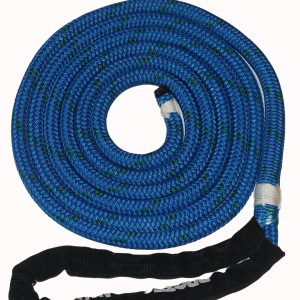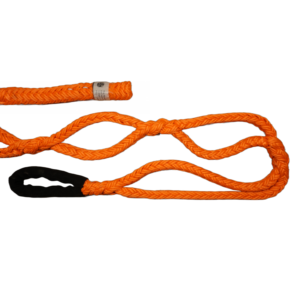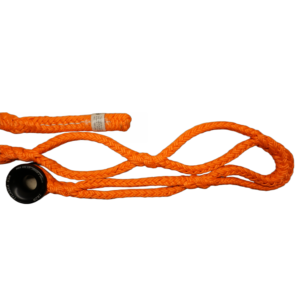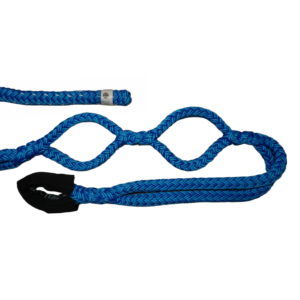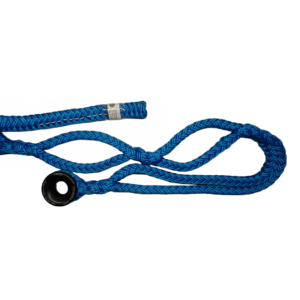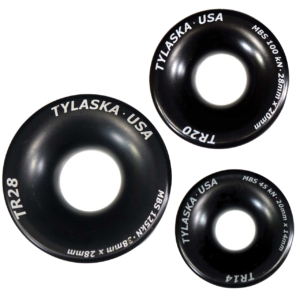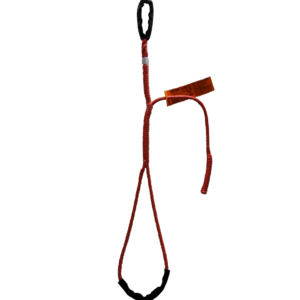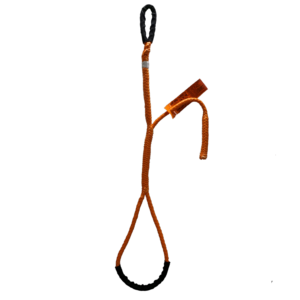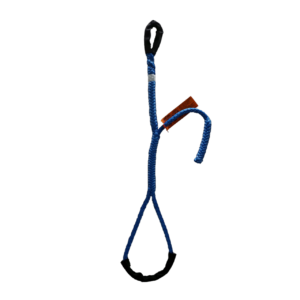Rigging slings are excellent items when working high in a tree. Whether you have chain slings or wire rope slings, these lifting slings provide a way to raise tools in the air. There are many options – mesh slings, synthetic lifting slings, synthetic rigging slings, alloy chain slings, polyester sling options, and more.
A rigging sling makes your life easier when working high up in a tree. It’s critical to select the best material for handling your tools. Let’s examine a few of the most common choices next to help you make the best choice for your life.
Also referred to as an endless loop. These are almost always a nylon web sling, with the occasional few being polyester web slings. These are easily girth hitched around limbs as a rigging redirect. Rigging gear like this should be kept separate from climbing gear, as it’s easy to get the two confused from time to time.
Dead eye slings are unique in their construction. These are slings that have one end with a dead eye spliced into it. They range from 8 to 30 feet in length, and are used in both climbing and ground work applications. Dead eye slings are meant to reduce slop in your rigging system. They do this by being cinched tightly to the tree you’re working in.
Like the name implies, loopie slings are rigging slings that are just loops. These are primarily used in the air. The construction of a loopie sling consists of a hollow braid loop that’s spliced through itself. This allows it to tighten down on itself as it’s passed through.
The whoopie sling is where adjustability meets rigging redirect. They are a cross between the dead eye sling and the loopie sling. These are one large loop that’s adjusted by sliding a smaller loop through it. This smaller loop is the dead eye. Whoopie slings are best used for ground work, however. Keep other slings in the air.
Multi-Eye slings offer quick easy adjustability that is perfect for anchoring a rigging block or a friction brake systems like the Port-a-Wrap. This innovative design offers a no hassle, no-slide, no knot method for anchoring your favorite lowering device.
Showing all 21 results
